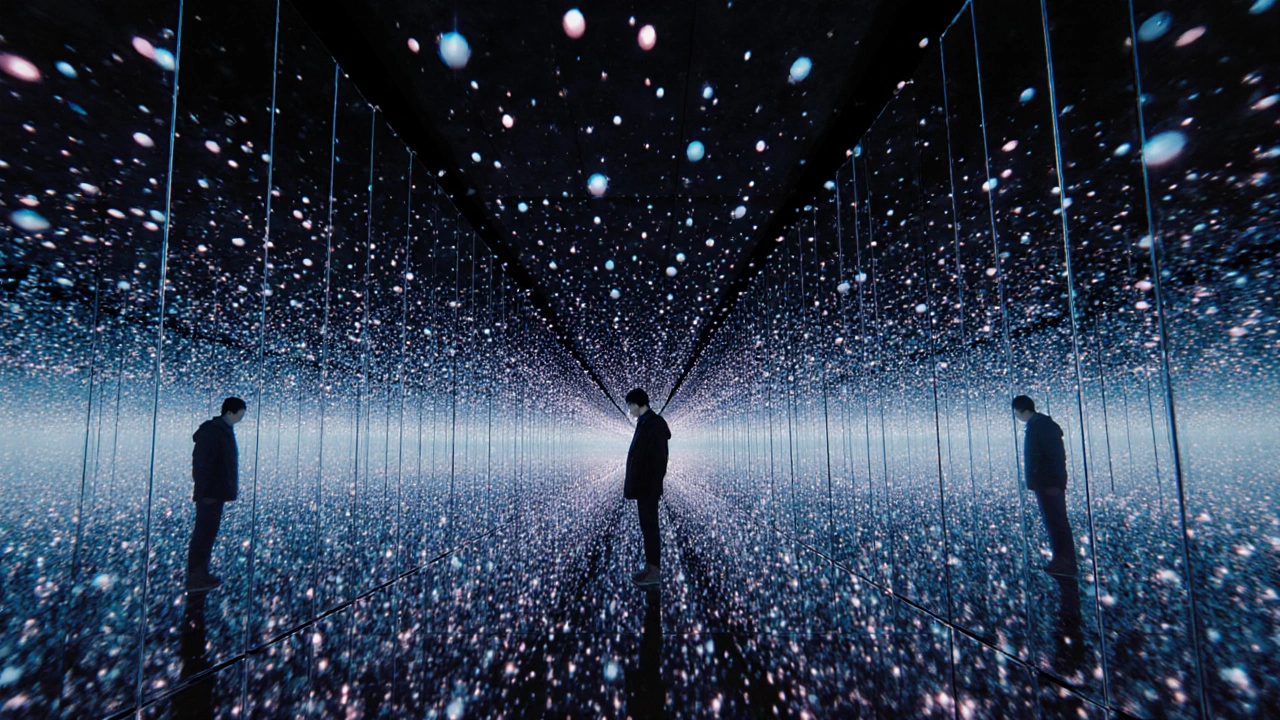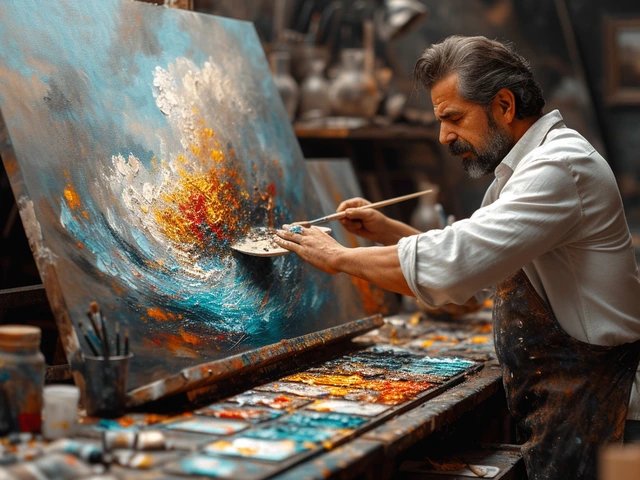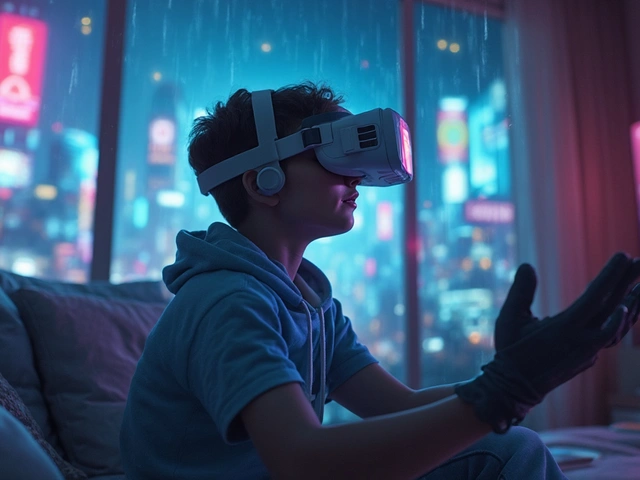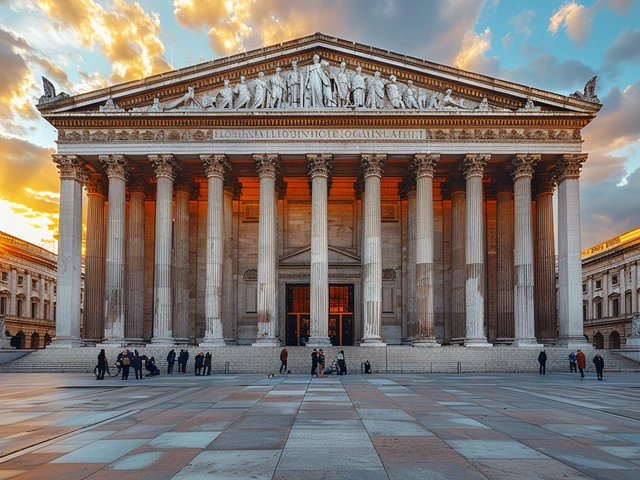Modern Art Installation Explorer
About This Tool
This interactive explorer helps you understand the different types of modern art installations and learn about notable works and artists. Filter by installation type or search by artist to discover new perspectives on contemporary art.
Step into a space where walls breathe, lights pulse, and everyday objects become portals to new realities. Modern art installations turn galleries, streets, and abandoned warehouses into living ideas, inviting you to see, hear, and sometimes touch concepts that would be impossible on a flat canvas.
Quick Takeaways
- Installation art blurs the line between artwork and environment.
- Key types include immersive, interactive, site‑specific, environmental, and sound installations.
- Technology-projectors, sensors, VR-has expanded what artists can do.
- Visiting tips: research the space, allow time for exploration, engage with any interactive elements.
- Creating an installation: start with a concept, map the space, choose materials, test technology, and invite feedback.
What Makes an Installation "Modern"?
When you hear the term modern art installations are large‑scale, often temporary artworks that occupy an entire space and engage multiple senses, you might picture a warehouse filled with hanging fabric or a digital projection swirling across a ceiling. The modern label isn’t just about date-it signals a break from traditional sculpture or painting, embracing new materials, technologies, and concepts of viewer participation.
Historically, installation art emerged in the 1960s with pioneers like Allan Kaprow, but today’s practice is shaped by digital media, climate awareness, and a global network of pop‑up venues. The result is a dynamic field where each piece reacts to its location, audience, and the cultural moment.
Core Elements of a Successful Installation
Three ingredients usually decide whether an installation sticks in the mind:
- Space: Artists treat the venue as a canvas, considering dimensions, architecture, and even the flow of foot traffic.
- Materials: From reclaimed wood and fabric to LED strips and laser-cut metal, material choice sends a message about sustainability, texture, or era.
- Technology: Sensors, projectors, and sound systems turn static objects into interactive experiences.
When these elements sync, the result feels less like a static object and more like a living atmosphere.
Major Types of Modern Installations
Understanding the taxonomy of installation art helps you navigate galleries and public spaces. Below are the most common forms:
Immersive art is a genre that surrounds the viewer with visuals, sound, and sometimes scent, creating a 360° environment. Think of a dark room where projected video covers every wall, floor, and ceiling, and a low‑frequency hum adds depth.
Site‑specific installations are created for a particular location, often reflecting that site’s history, architecture, or social context. An example is an arrangement of reclaimed steel beams placed in an abandoned factory to comment on industrial decline.
Digital projection utilizes high‑resolution projectors to map images onto irregular surfaces, turning walls or sculptures into dynamic canvases. Artists can sync video with live music, making the artwork evolve in real time.
Interactive technology incorporates sensors, motion tracking, or AR/VR to let visitors influence the piece, turning the audience into co‑creators. A simple pressure‑sensitive floor that lights up as you walk is a classic example.
Environmental art focuses on natural elements-light, wind, water-and often addresses ecological themes. A field of reflective ribbons that dance with the breeze can both please the eye and raise awareness about wind energy.
Sound installation uses speakers, vibrations, or acoustic architecture to shape a sonic landscape that frames the visual components. Whispering speakers hidden in a hallway can guide viewers toward a hidden sculpture.
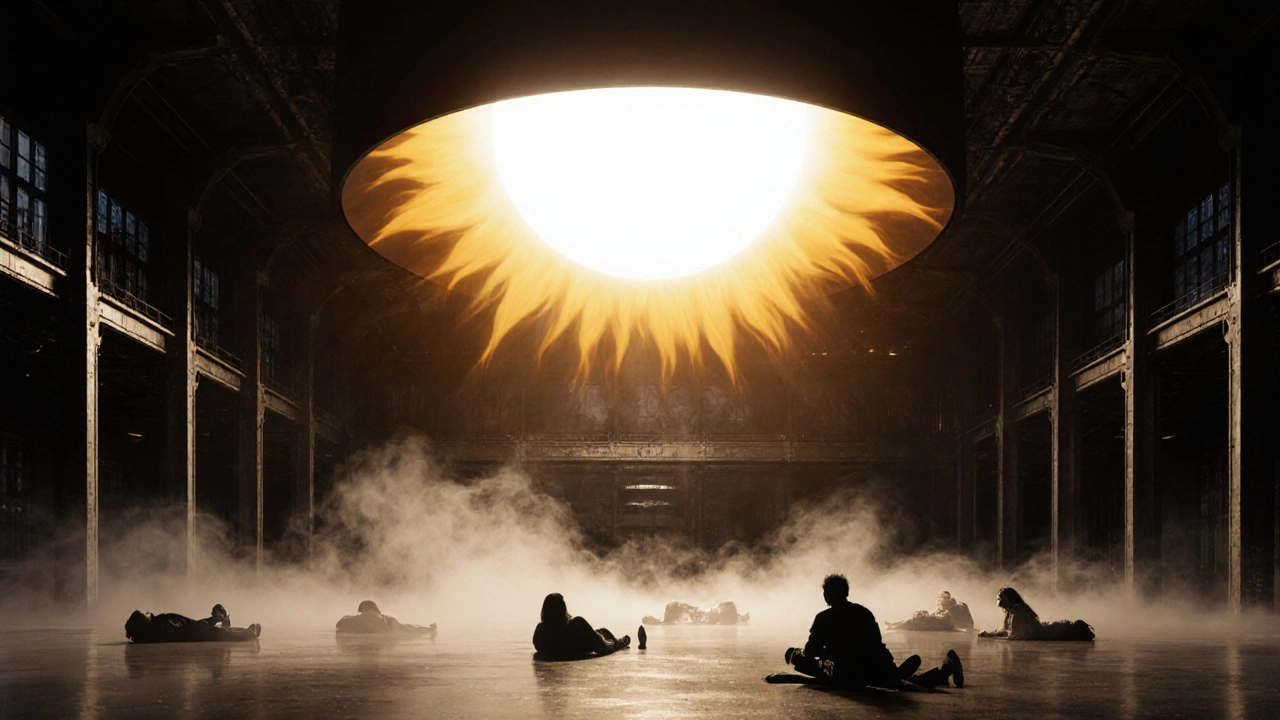
Comparison of Installation Types
| Type | Primary Medium | Typical Audience Role | Tech Dependency |
|---|---|---|---|
| Immersive | Projection & lighting | Passive observer | High |
| Site‑specific | Found objects, architecture | Exploratory walk | Low to medium |
| Interactive | Sensors & software | Active participant | Very high |
| Environmental | Natural elements | Reflective observer | Variable |
| Sound | Audio equipment | Auditory focus | Medium |
Iconic Works and Artists to Know
Seeing examples helps cement the abstract concepts above. Here are a few standout pieces from the last decade:
- “Infinity Mirror Room” by Yayoi Kusama - an immersive environment of LED lights and reflective surfaces that creates the illusion of endless space.
- “The Weather Project” by Olafur Eliasson - a massive artificial sun hanging in Tate Modern’s Turbine Hall, using mist, light, and mirrors to simulate a sunrise.
- “Rain Room” by Random International - an interactive installation where visitors walk through falling water that stops wherever they step, thanks to motion sensors.
- “Sinai's WindSculpture” by Choi Jeong Hwa - a field of metal ribbons that flutter with the wind, turning a public park into a kinetic soundscape.
- “Sound of the City” by Janet Cardiff - a walk‑through sound installation that layers recorded city noises to create an evolving narrative.
Each work demonstrates how a single concept-light, weather, motion, sound-can become a full‑bodied experience when framed as an installation.
How to Get the Most Out of an Installation
Visiting a museum? Stumbling upon a public piece? Here’s a quick checklist to deepen your interaction:
- Read the wall text or app guide first; it gives the artist’s intent.
- Take a moment to observe the space before moving-details often hide in corners.
- If the work invites touch or movement, engage fully-your participation may be essential.
- Notice ambient sounds; many installations use subtle audio to shape mood.
- Document your experience with photos or notes, but respect any no‑flash policies.
Remember, many installations are temporary. A quick glance could be all you get before the piece is dismantled.
Creating Your Own Installation: A Mini‑Guide
Feeling inspired? You don’t need a multi‑million‑dollar budget to craft a compelling installation. Follow these five steps:
- Conceptualize: Write a one‑sentence statement of what you want viewers to feel or think.
- Map the Space: Sketch the floor plan, noting windows, doors, and lighting sources.
- Select Materials: Choose items that support your concept-recycled plastic for sustainability, LED strips for futurism, raw wood for warmth.
- Integrate Technology: Even a simple Arduino board can trigger lights when someone steps on a mat.
- Test & Iterate: Invite friends to walk through, note confusion points, and adjust before the public debut.
Document the process on social media or a blog; the story behind the work often attracts more interest than the finished piece alone.
Trends Shaping Installations in 2025 and Beyond
What’s next for the field? Several currents are gaining momentum:
- AI‑Generated Visuals: Artists feed neural networks with historic art to produce ever‑shifting projections that evolve during exhibition hours.
- Eco‑Responsive Works: Installations that react to real‑time environmental data-temperature, air quality-making climate change tangible.
- Hybrid Physical‑Digital Spaces: QR codes or AR layers that add a digital narrative on top of a physical sculpture, blending museum visits with smartphone experiences.
- Community‑Co‑Created Pieces: Crowdsourced content (photos, stories) becomes the raw material, turning the audience into a collective author.
These trends reinforce the core idea: modern art installations are living, breathing dialogues between creator, space, technology, and audience.
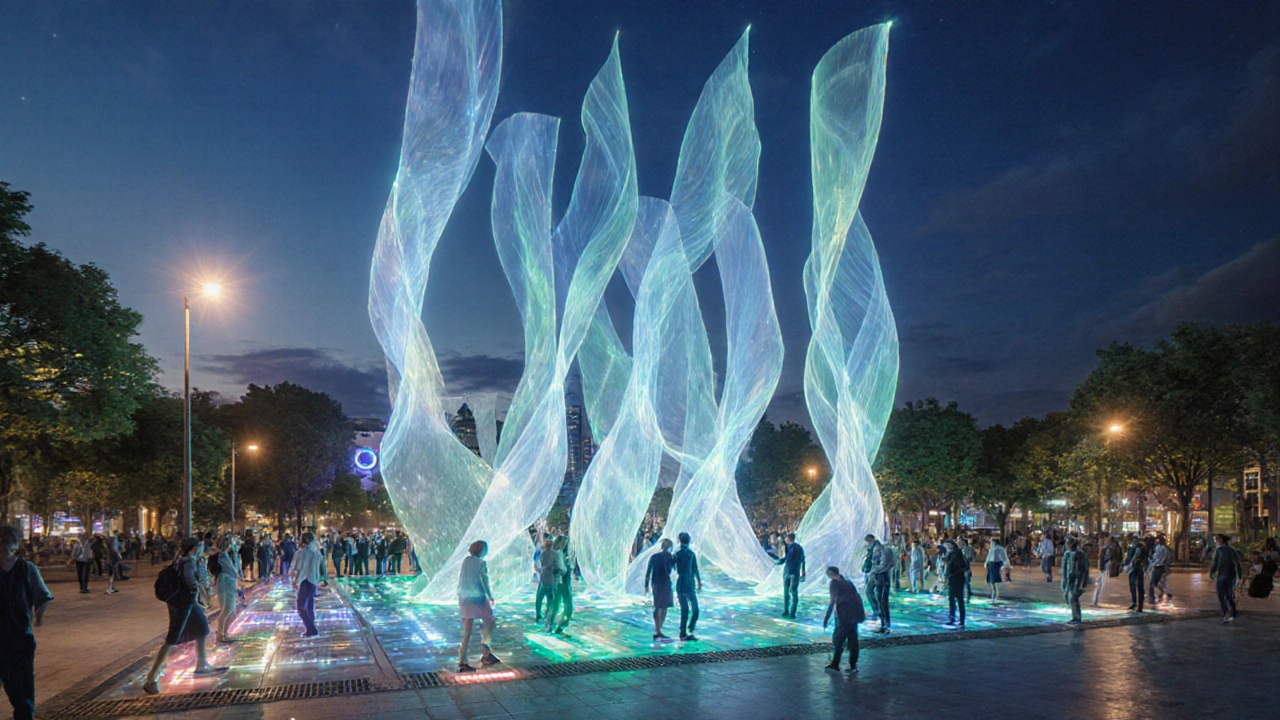
Frequently Asked Questions
How long do installation exhibitions usually last?
Durations vary widely. Some pop‑up installations run for a single weekend, while museum‑commissioned works may stay on view for several months. Artists often choose a timeline that matches the concept and logistical constraints.
Do I need a special ticket to see interactive installations?
Usually not. Most public installations are free, and museum pieces are included in the general admission. However, some high‑tech shows require timed entry to manage crowd flow.
Can I sell photos of an installation I've visited?
It depends on the venue’s policy. Many museums allow non‑commercial sharing on social media with credit, but selling prints typically requires permission from the artist or institution.
What safety concerns should I be aware of?
Watch for trip hazards, low lighting, and any moving parts. Installations with electrical components should be clearly marked, and staff are usually on hand to guide you.
How do artists fund large‑scale installations?
Funding comes from a mix of grants, museum commissions, corporate sponsorships, and crowdfunding. Many artists also partner with technology firms to access cutting‑edge equipment.

